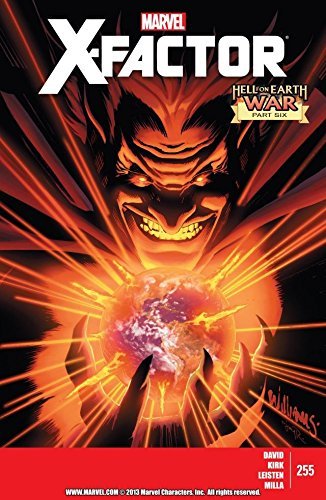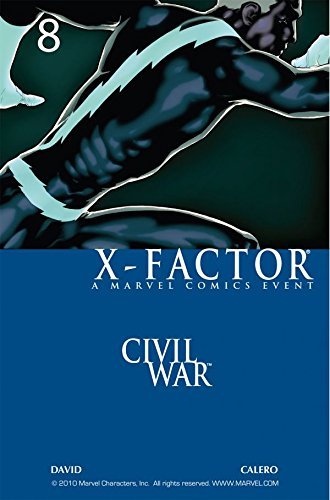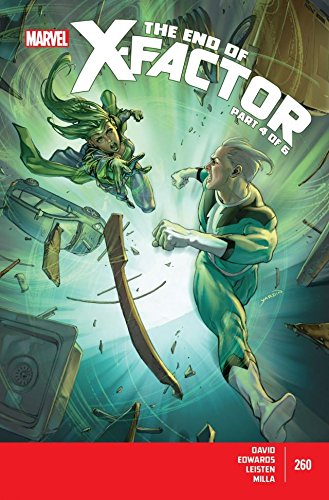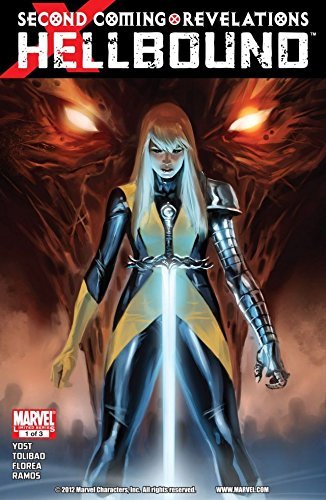
Part of Series
Authors

Known as one of the most hardworking and motivated illustrators, he eventually had the chance to build his own name in the industry through his first break: drawing Robert Jordan's New Spring written by the superstar Chuck Dixon. He was then given a stint on Star Wars Knights of The Old Republic from Dark Horse, which helped him get Marvel Comics' attention. Starting with Iron Man Annual, he's gone on to drawing other famous characters such as the X-Men and the Avengers, and still continues to make waves as one of Marvel's most dynamic artists. (Taken from here.)
Librarian Note: There is more than one author in the GoodReads database with this name. See this thread for more information. Davidson did not originally choose economics as a profession. His primary training was in chemistry, for which he got a BSc from the University of Pennsylvania. In 1951 he worked in that same university as an instructor in physiology and chemistry. He soon switched to economics, receiving his MBA from the City University of New York in 1955, and completing his PhD at the University of Pennsylvania in 1959. He has taught economics at University of Pennsylvania, Rutgers University, Bristol University, University of Cambridge, and the University of Tennessee. He is a Visiting Scholar at the Schwartz Center For Economic Policy Analysis at the New School for Social Research and is currently an Emeritus Holly Professor of Excellence at the University of Tennessee, Knoxville. He is especially known for promoting a Post Keynesian school of macroeconomics. He and Sidney Weintraub founded the Journal of Post Keynesian Economics in 1978. He is the Editor of the Journal of Post Keynesian Economics.

aka David Peters Peter Allen David (often abbreviated PAD) is an American writer, best known for his work in comic books and Star Trek novels. David often jokingly describes his occupation as "Writer of Stuff". David is noted for his prolific writing, characterized by its mingling of real world issues with humor and references to popular culture. He also uses metafiction frequently, usually to humorous effect, as in his work on the comic book Young Justice.




